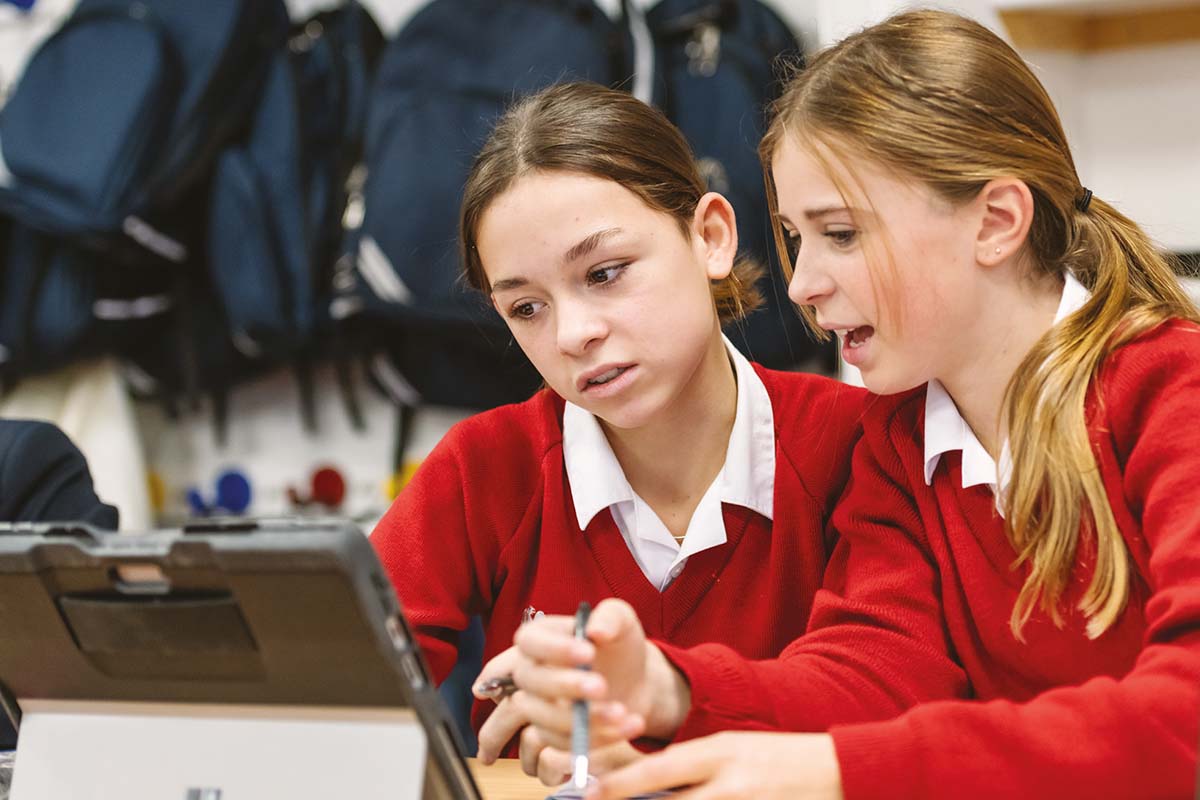
I’ve never been one for writing essays, blogs or even reports. When tasked to write a summary on technology in education, I immediately decided to ask for help. Help can come in many forms. One could explore previous literature or articles on similar topics and possibly shift a few words around to claim as my own (isn’t that plagiarism?). I could even create a draft and check it through with colleagues, ensuring I have used the word count tool to meet my manager’s requirements.
But we now live in the 21st century where technology is developing so quickly. In fact, it is said that 85% of jobs for college and university leavers in 2030, haven’t been invented yet. So, I decided to get on the band wagon and delve into the world of artificial intelligence and the like. Hopefully he, she, it (whatever you can call it) will help me write this report.
When one thinks of AI, we might have Arnold Schwarzenegger as ‘The Terminator,’ make its way into our conscience. The Hollywood fantasy of the world under threat from robots is an enjoyable piece of fiction. Is this where we are heading? Artificial Intelligence, machine learning and robots all seem to get mixed up into the same bag of computer processing. Yet the threat of a global takeover from robotics is very unlikely. Therefore, for the time being, we are not going to have to
travel back in time and fight off T-800s. So, what exactly is Artificial Intelligence and how will it shape the way we work
in education?
Recently, a colleague showed me a piece of coursework. It was a beautifully constructed concept design sheet for a new vacuum. It included scale, measurements, colour and descriptions of each design. It was something of which Sir James Dyson would have been proud. However, this wasn’t a person, this was created by Artificial Intelligence. It was a design that wasn’t plagiarised or modified from other artists; a uniquely original idea that could not be found anywhere else. As we discussed this fascinating discovery over a cup of coffee in the common room, there was a sense of unease and discomfit for the future of education and more specifically coursework.
One of the major concerns surrounding this submission was academic honesty. This is true and is something we need to treat with caution. Content checkers such as Turnitin can currently check for any copy and paste pieces of work, but with AI, it’s different. Yes, there are websites that can detect whether a piece of work has been created by AI. But these are not bullet proof.
Some universities are saying they will revoke degrees and qualifications, should forensics discover that AI has been used (even years down the line). Recently, Alleyn’s School in Dulwich has been insisting pupils complete in-depth research outside of lessons, instead of essays – a sort of flipped learning technique used in education.
But technology shouldn’t strike up fear so freely. After all, didn’t they say the calculator would end the process of mental arithmetic, or that the mobile phone would force us to no longer socialise and have a good chat? (Well, that might be true.) The question is then, if technology can do these tasks and calculations in seconds – which would have taken students minutes – should we even be asking students to do these things at all?
As Director of Digital Innovation and Development and a Computer Science teacher, I am both invested in the use of technology via my teaching subject, but also in my busy daily administrative role. When I was introduced to Chat GPT last year, I was intrigued to see how this current free platform would develop. Chat GPT’s technology isn’t anything drastically revolutionary. Put simply, it can create new content, rather than simply analysing or acting on existing data. Backed by Tesla’s Elon Musk, since 2015 its investment has jumped from $12.75million to $93.5 billion in 2021. Something must be going well.
As there is no current paid subscription requirement, it has drawn much media attention. There are, of course, other forms of AI developing (Google’s LaMDA, CoPilot), which all have varying levels of success. The noise surrounding AI and particularly Chat GPT has led many schools to construct usage policies to ensure academic honesty and appropriate behaviour. We must be wary of this, and not fall into the trap of educators holding back students’ use of technology.
The digital divide and shortage of skilled computer scientists is rather concerning. There were more than two million UK job vacancies in tech last year, more than any other labour area. Additionally, nearly 12 million workers lack essential digital skills. Therefore, educating students in how to utilise technology inside/outside the classroom is vital.
I, for one, can see the benefits of using AI and other technologies in the classroom. As the SAMR model describes, it can redefine how students learn. It shouldn’t be a substitution with no functional change. Yes, we must be careful, but we must also be open and creative - and not so scared.
So, I have managed to write this short report through grit and determination, and for those that know me, will conclude that this was certainly something I couldn’t have done without help.
I will leave it up to your own professional judgment whether it was me writing this, or if I asked Artificial Intelligence…
Will Poole is Director of Digital Innovation and Development at Hurst College





